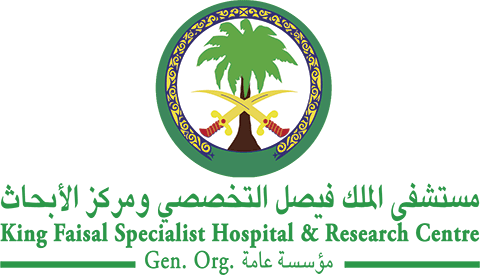Abstract
Objective/Background: Acute myeloid leukemia (AML) is one of the common forms of hematological malignancy and acute promyelocytic leukemia (APL) is a unique subtype of AML conferring favorable prognosis. We aimed to determine the prevalence and prognostic impact of Fms-like tyrosine kinase 3 (FLT3), nucleophosmin 1 (NPM1) mutation, epidermal growth factor receptor (EGFR), and flow marker’s expression in patients with APL. Methods: In the present study, 165 de novo APL patients were molecularly characterized for promyelocytic leukemia (PML) breakpoint and additional genetic alterations. Reverse transcriptase polymerase chain reaction (PCR) and real time PCR assays were used to detect genetic alterations. Results: PML/RARa was detected in 29/165 (17.5%) samples with breakpoint cluster region 1 (bcr1) in 17/29 (58.5%) and bcr3 in 12/29 (41.5%) samples. The prevalence of FLT3-ITD, NPM1, and EGFR were detected in 5/29 (17.5%), 11/29 (38%), and 5/29 (17.5%) patients, respectively. Patients expressing bcr-3 hybrid transcript had lower overall survival compared with bcr1 ( p ¼ .254). White blood cell (WBC) count was significantly higher in bcr3 in comparison with bcr1 patients ( p ¼ .002). Patients with positive EGFR expression ( p ¼ .042) and higher WBC ( p ¼ .002) were significantly associated with poor survival ( p < .05). Conclusions: We documented the higher prevalence of bcr1 and confirmed that the association of FLT3-ITD significantly reduced the chances of survival in APL. The mortality rate of bcr3 was comparatively higher than that of bcr1. Higher WBC count and EGFR expression were significantly associated with poor survival.
Recommended Citation
Nath, Sukanta; Bhattacharyya, Jina; Chandra, Prem; Saxena, Renu; Sazawal, Sudha; and Saikia, Kandarpa Kumar
(2022)
"Clinicopathological Significance of Common Genetic Alterations in Patients With Acute Promyelocytic Leukemia,"
Hematology/Oncology and Stem Cell Therapy: Vol. 15
:
Iss.
2
, Article 8.
Available at: https://doi.org/10.1016/j.hemonc.2020.07.004
Creative Commons License

This work is licensed under a Creative Commons Attribution-Noncommercial-No Derivative Works 4.0 License.
Included in
Cancer Biology Commons, Hematology Commons, Oncology Commons

